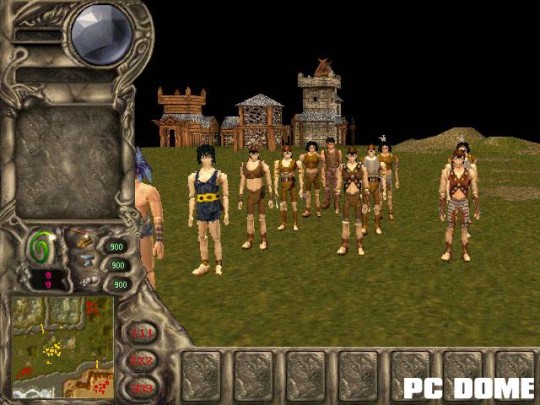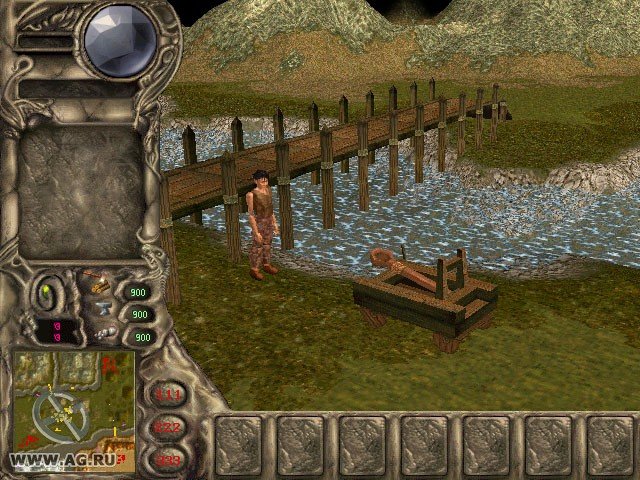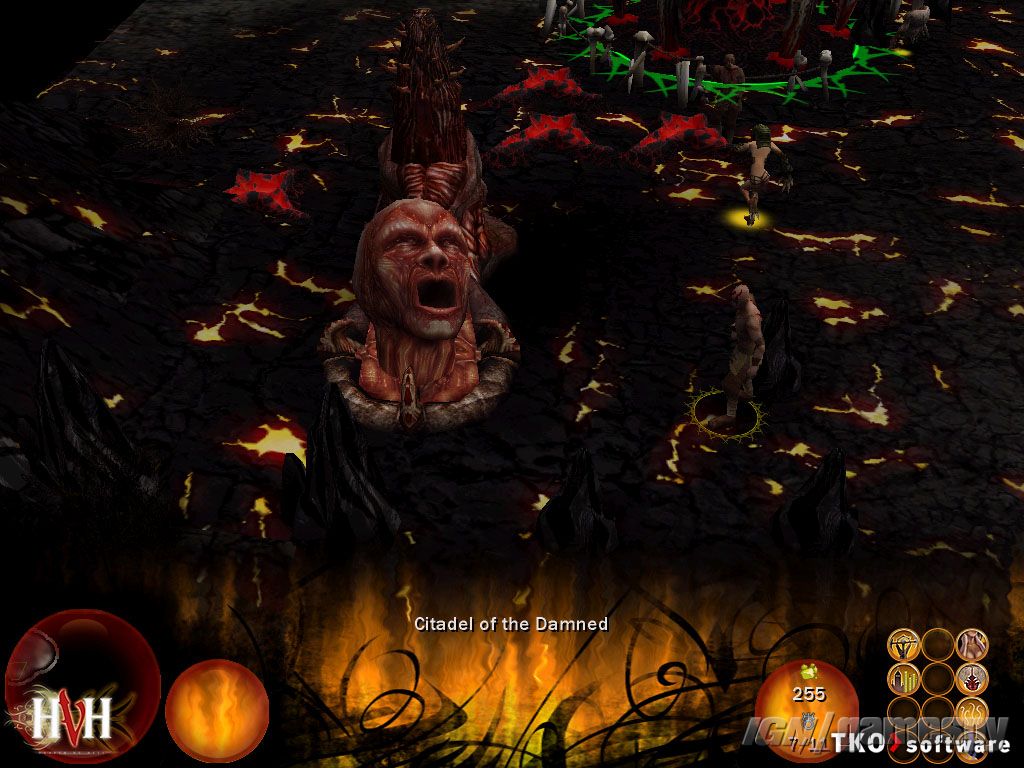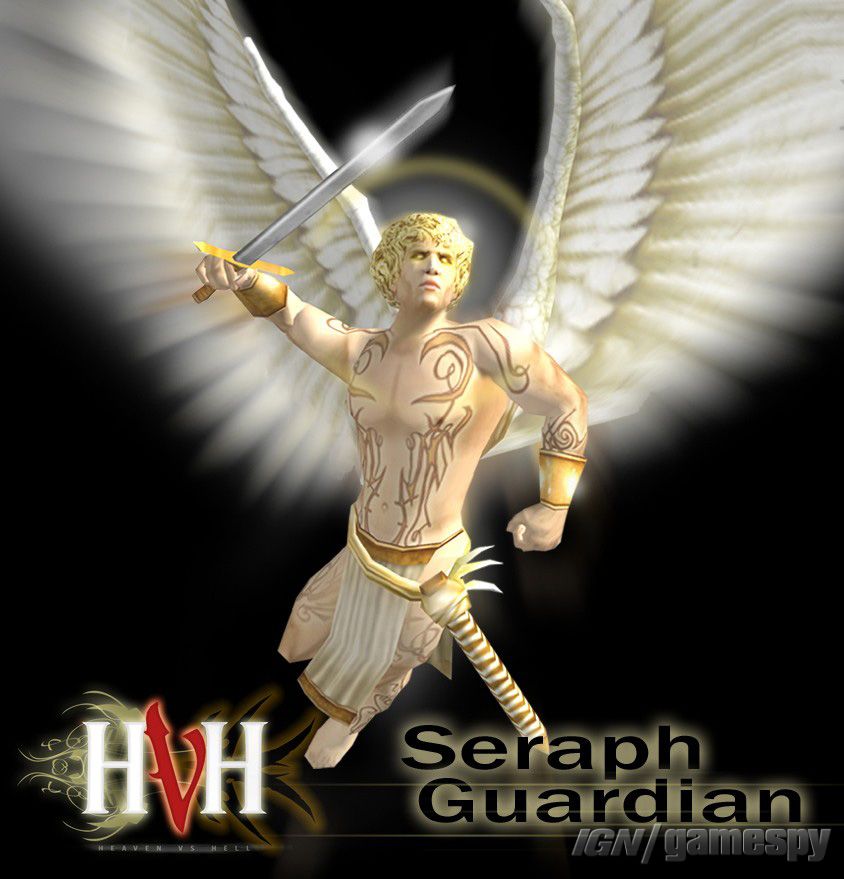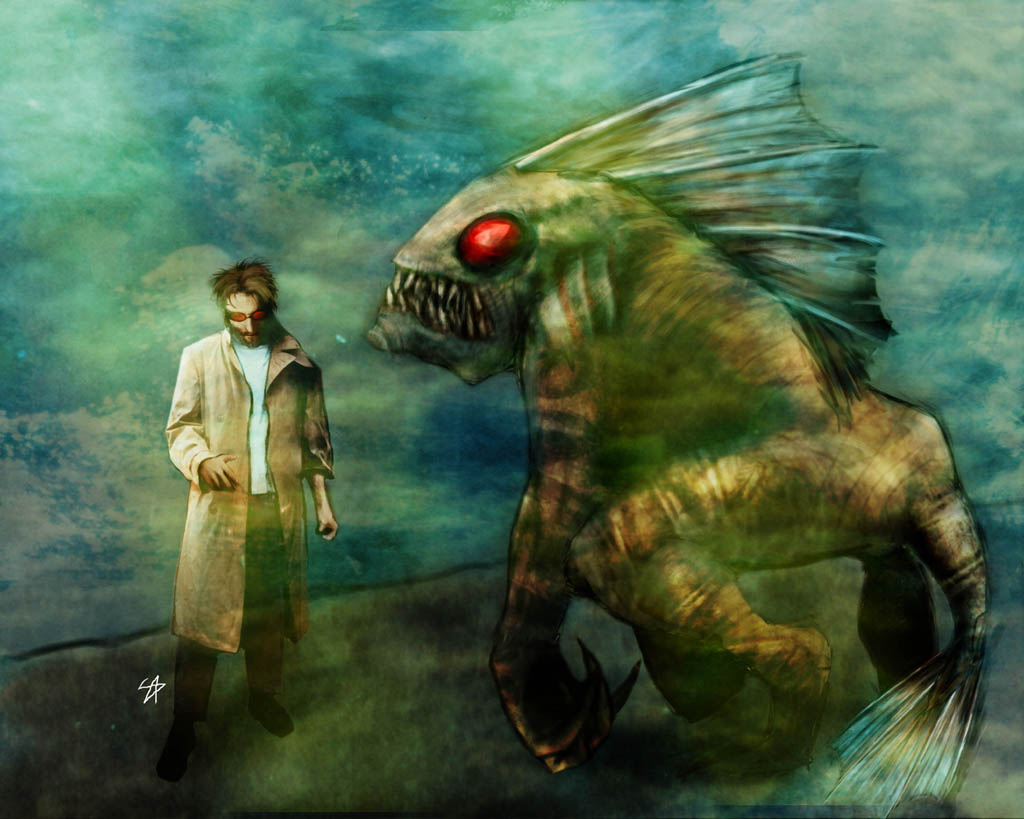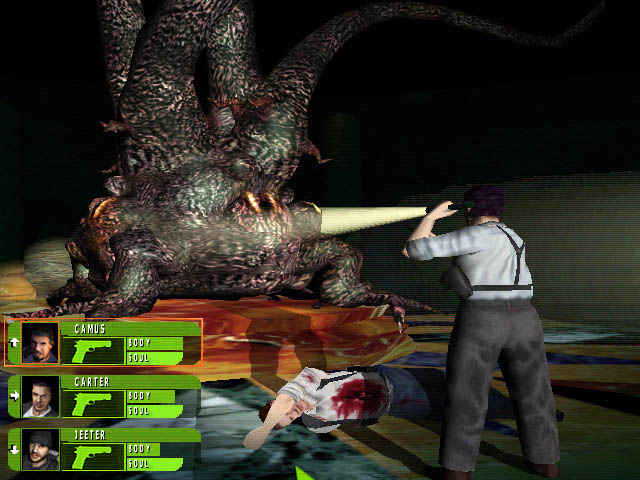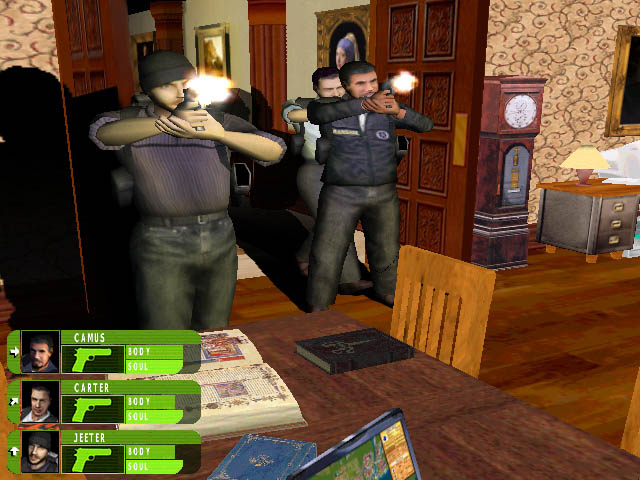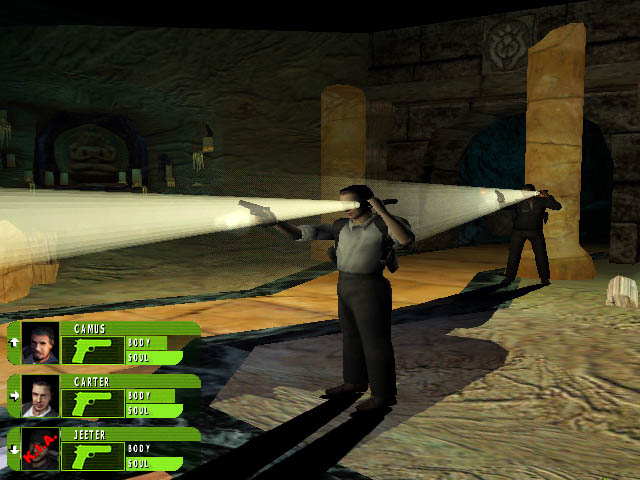Crimson Order is a cancelled squad based tactical game similar to X-Com and Rainbow Six, that was in development by Kinesoft around 2000, planned to be released on PC. The project was quite hyped at the time, but possibly too ambitious for a small team mostly used to work on PC ports of existing games. IGN and Gamespot were quite impressed with the game’s concept, as we can read in previews and interviews published on their websites:
“The way you play the game is by controlling Mark Prophet (with a point and click interface – mouse with keyboard shortcuts), and by giving your team orders. They act out the orders based upon their background, skills, equipment, and experience level. Leadership and command decisions are more important than micro managing and frenetic clicking. Essentially each level is very much like a sandbox, and you can complete any objective in any way you wish, given the tools you carry or can find.”
“If you were a fan of X-Com: UFO Defense and Rainbow Six, then there’s a good chance that you’ll like this one. It’s really a great little mix of those types of games that seems to be mixing into a nice little concoction. It takes the omniscient view of the X-Com type games and adds in the real-time strategy and control of a squad based tactical action game. What you get is a smooth and easily controllable piece of work that many gamers will likely be very excited to see.”
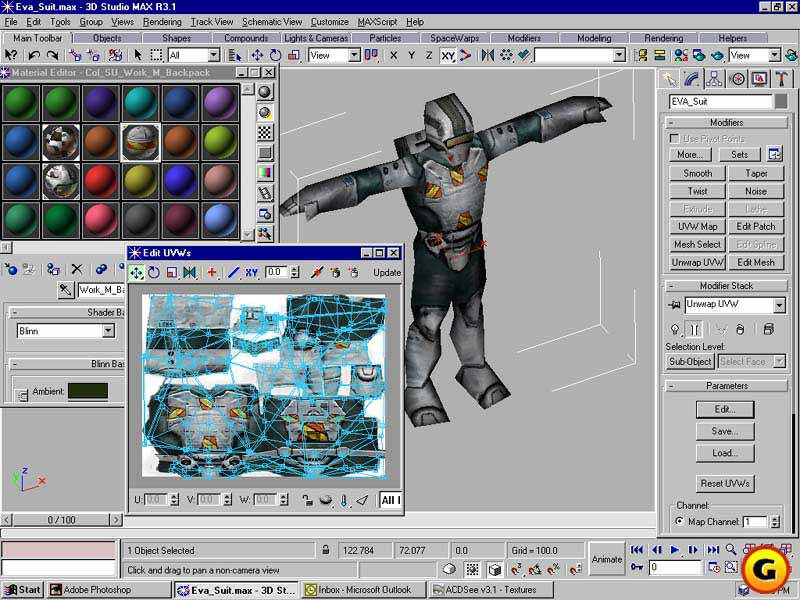
“Objectives in the final game range from infiltration, search and destroy, search and rescue, and full destruction of enemy installations. You lead a team of resistance fighters behind enemy lines and your job is to disrupt their effort.”
“Don’t think that you’ll be able to use the same troops every single level until you have a super squad either. In order to keep this from occurring, fatigue has been made an important part of your consideration for whom to bring in with you. Characters actually need downtime to relax and heal.”
“Every character that you see in the game, both enemy and friendly, will have certain features attached to them as well. They can all hear, they can all see (in the direction they are looking), and they can also think. An idea that they are kicking around is the idea that characters will also have a scent trail so that dogs will be able to hunt your team down.”
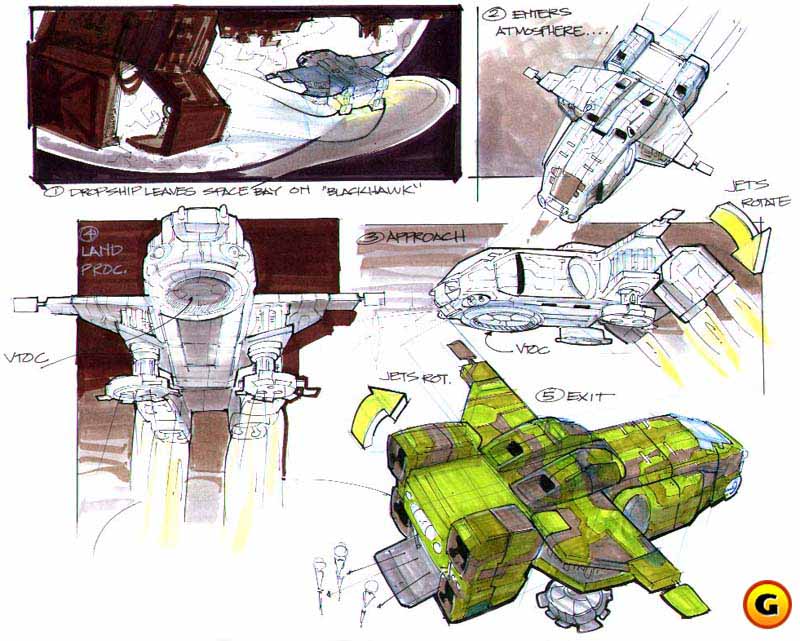
“As Prophet fights his way through the game, he will come across additional characters who will join the resistance. Some of these characters must be liberated from enemy prisons. As the pool of available characters grows, selecting the best team members for individual missions will become more important.”
“The architecture of the Tan’Khar will also reflect their physiology, armor pieces will fall off of your soldiers when they get damaged, and even different levels will have very different looks that will reflect the functionality. For example, if you are in a refugee-processing center, you will see the groups of prisoners being shuttled around and well as guards wandering on patrol both inside the complex you are in and outside the walls.”

“So all of this will take place over 19 missions and five major locations (with varied environments in each of these) in a close quarter combat tactical exercise. You’ll get the chance to participate in a storyline that Kinesoft hopes will keep gamers enthralled.”
“The game also features huge living environments that will react to the way you play the game. AI in the game is also impressive looking with enemies reacting in different ways to different situations. The really cool AI is actually the script running the members of your team. You can give them commands that will make them act on their own in specific ways.“
As far as we know the team never showed any in-game screenshot from Crimson Order, so we are not sure how much of the game was really completed before its cancellation. Unfortunately hyping up the project did not help their case and Kinesoft closed sometime in 2001, after filing a lawsuit against SoftBank for issues on a previous contract.
Thanks to The Kinsie for the contribution!
Images:

